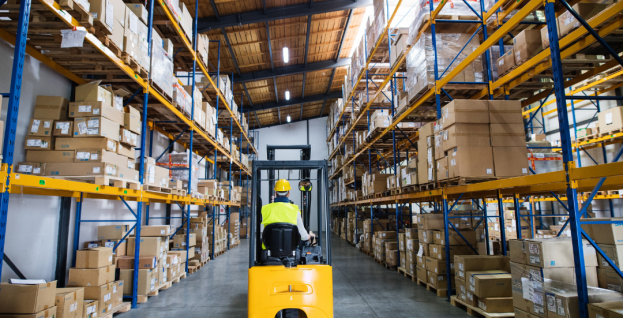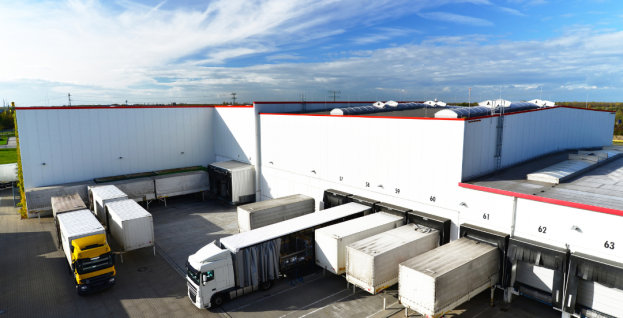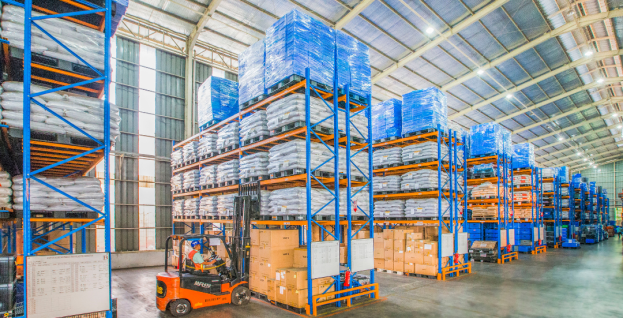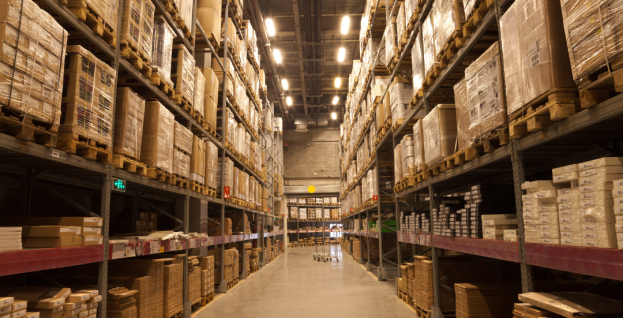When it comes to choosing the right warehousing partner, the decision goes far beyond finding a facility with enough storage space. Your warehousing partner plays a critical role in the success of ...
Read More

When it comes to choosing the right warehousing partner, the decision goes far beyond finding a facility with enough storage space. Your warehousing partner plays a critical role in the success of ...
Read More
In today’s competitive marketplace, businesses of all sizes are constantly seeking ways to optimize their supply chains, reduce costs, and improve customer satisfaction. Partnering with a third-par...
Read More
In the logistics industry, warehousing plays a critical role in managing costs and streamlining supply chain operations. For businesses large and small, investing in efficient warehousing solutions...
Read More
As logistics continues to evolve in response to new technologies, global trends, and economic shifts, businesses face unique challenges. With supply chain disruptions and a demand for sustainable p...
Read More